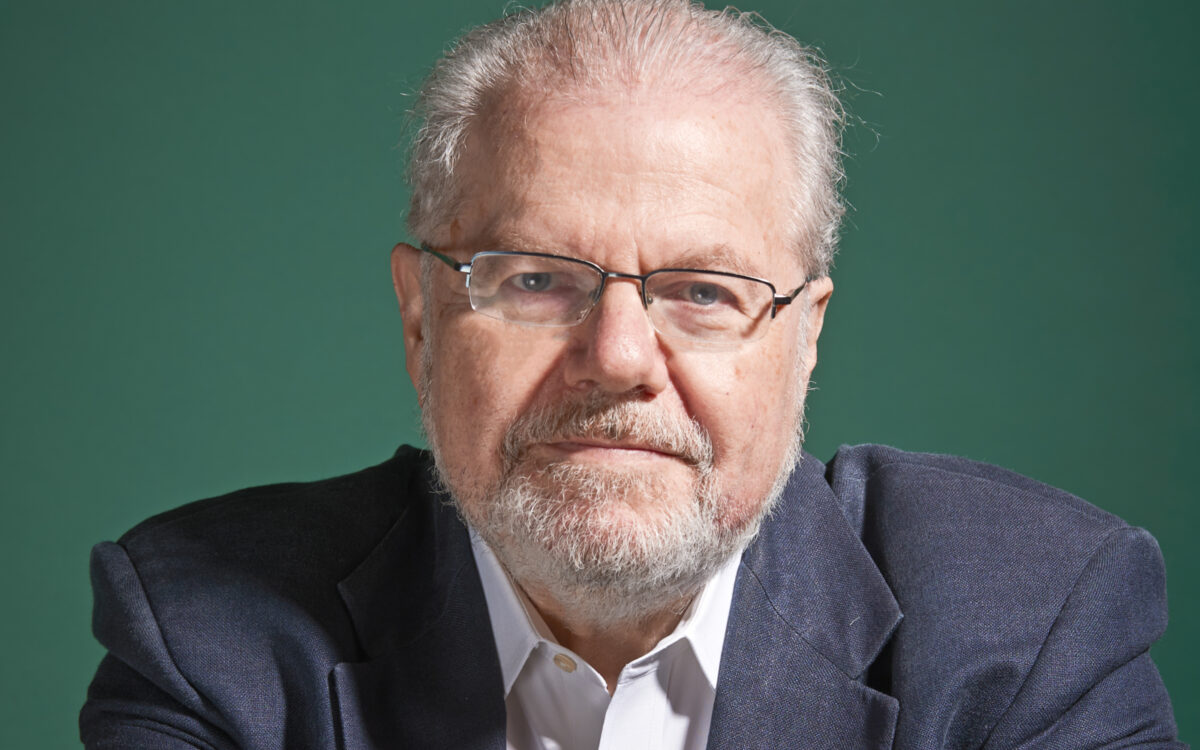Romeo and Juliet, Overture-Fantasy after Shakespeare
Pyotr Ilyich Tchaikovsky was born at Votkinsk, Vyatka Province, on May 7, 1840, and died in St. Petersburg on November 6, 1893. He composed Romeo and Juliet between October 7 and November 27, 1869. After the first performance in Moscow on March 16, 1870, he reworked the score considerably during the summer, the next, nearly final form of the work being premiered in St. Petersburg on February 17, 1872. In 1880 he reworked the closing bars, completing the definitive score on September 10. It was published in Berlin the following year, but not performed until May 1, 1886, when it was premiered in Tbilisi.
The score of Romeo and Juliet calls for 2 flutes and piccolo, 2 oboes and English horn, 2 clarinets, 2 bassoons, 4 horns, 2 trumpets, 3 trombones and tuba, timpani, bass drum, cymbals, harp, and strings (first and second violins, violas, cellos, and double basses). The piece is about 18 minutes long.
When the high-strung and hypersensitive Tchaikovsky chose particular pieces of literature to set to music, he usually read himself into the leading characters and their predicaments. (He was especially fond of stories involving unrequited or tragic love, such as Pushkin’s Eugene Onegin and Queen of Spades, which he turned into operas.) Romeo and Juliet seems to have been no exception. The passionate immediacy of the “fantasy-overture” was stimulated in part by the recent personal experience of a love affair gone bad. For Tchaikovsky, a gay man living a highly conflicted and secretive private life in socially conservative Tsarist Russia, such experiences were doubly painful because they had to be concealed and—in a certain sense—denied. Scholar Alexander Poznansky proposes that the amour was Eduard Zak, who was 15 years old, about the same age as the title characters, at the time Romeo and Juliet was composed. A few years later, in 1873, Zak committed suicide—just as Romeo and Juliet do in the play’s final scene.
Tchaikovsky’s Romeo and Juliet strives to condense a five-act tragedy of supreme verbal and dramatic density into a “fantasy-overture” lasting only eighteen minutes. Tchaikovsky does not supply an exact program for this piece, which he completed in 1869 (at 29) and subsequently revised twice, in 1870 and in 1880. Instead he focuses on the main idea of hostility between the warring Montagues and Capulets, and the soaring “star-crossed” passion of the young lovers. Nor does the music contain any reference to the local color of Italian Verona. It begins with a lengthy slow introduction, in the manner of a prelude or invocation, somber and foreboding; harp arpeggios add a sense of dreamy historical distance. Suddenly, the key changes to B minor and the mood becomes agitated with the entrance of what one might call the “feuding theme.” The great love theme, introduced by the English horn, is heavy with yearning and sensuality, an irresistible tune that has been endlessly recycled in popular songs (e.g., “Our love is like a melody,” recorded by Frank Sinatra) and movie scores. Tchaikovsky continues to develop these vibrant musical ideas, ending with a plaintive restatement of the love theme against timpani sounding a funereal beat.
Harlow Robinson
Harlow Robinson is an author, lecturer, and Matthews Distinguished University Professor of History, Emeritus, at Northeastern University. His books include Sergei Prokofiev: A Biography; The Last Impresario: The Life, Times and Legacy of Sol Hurok, and Russians in Hollywood, Hollywood’s Russians. He has contributed essays and reviews to The Boston Globe, The New York Times, Los Angeles Times, Symphony, Musical America, and Opera News, and program essays to the Boston Symphony, Los Angeles Philharmonic, New York Philharmonic, Aspen Music Festival, and Metropolitan Opera.
The first American performance of Tchaikovsky’s Romeo and Juliet was given by the Theodore Thomas Orchestra on April 17, 1876, at New York’s Steinway Hall.
The first Boston Symphony Orchestra performance of Tchaikovsky’s Romeo and Juliet was given by Arthur Nikisch on February 8, 1890.

